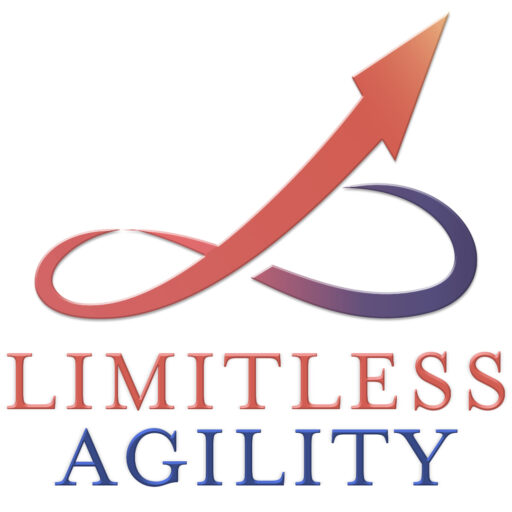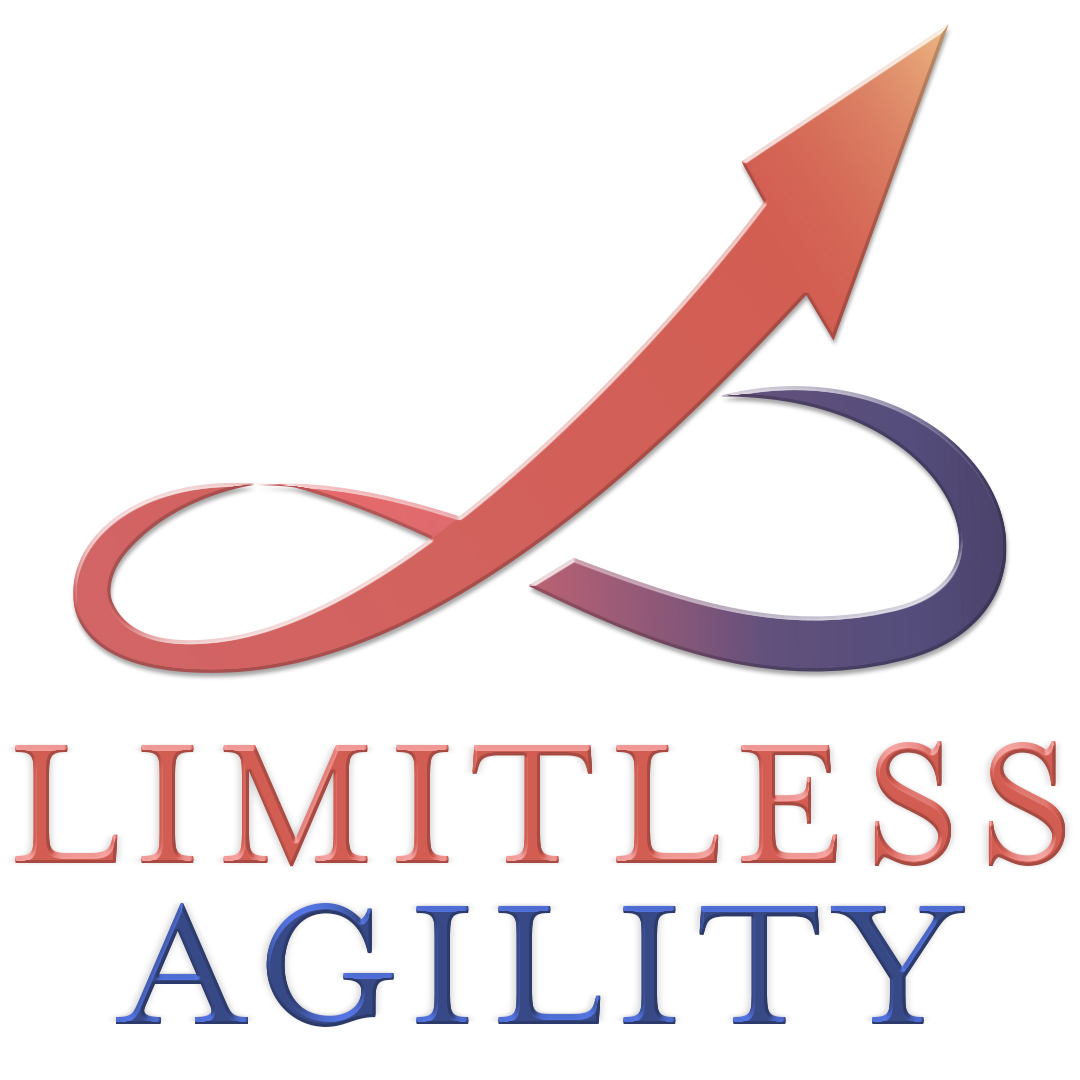Scrum Communication: Raj-er communicates with Roger
- Originally published on Scrum Alliance’s website on October 16, 2014IntroductionI hope I have your attention on this topic — you know how important it is in communication to have everyone paying attention, listening, and reading from a context perspective! This article is a reinforcement of several aspects of communication in all the Scrum ceremonies and activities. I want to emphasize that communication remains one of the most important aspects of Scrum. As we all know, communication doesn’t just involve talking; good communication involves listening and writing. Communication also involves body language — eye contact, physical movement, and posture. One of the key phrases of the Agile Manifesto is “Individuals and interactions over processes and tools.” Good communication keeps project stakeholders informed and engaged and keeps the Scrum teams focused on completing the forecasted work for the sprint.
Communication in Scrum
Backlog refinement: The product owner creates a product vision and communicates this vision to the Scrum Team. This communication is critical for the entire team to be able to understand the common goal. The product owner prioritizes the product backlog, which is usually written in the form of user stories (user stories are a part of XP or eXtreme Programming). This information is refined on an ongoing basis throughout multiple sprints and is communicated and shared in all the ceremonies of Scrum.
Planning meeting: The prioritized backlog is reviewed by the product owner with the ScrumMaster and the rest of the team so the team understands what needs to be done for the next sprint. The team members get to interact with each other, ask questions, and get clarifications so they understand what needs to be done for the sprint. The process of estimating how much work is involved for the sprint lets the team interact, agree, disagree, advise, reassure, and analyze, but the main outcome is to get commitment from the team on the work that will be done for the sprint. The ScrumMaster is the facilitator who helps this communication process go smoothly.
Daily Scrum: The Daily Scrum keeps the communication relevant to the work being done for the sprint and keeps it brisk and short (timeboxed to 15 minutes). The daily meetings are an excellent forum for disseminating information to all the stakeholders. The committed team members are allowed to talk (PO, SM, and team) and the other stakeholders are silent observers (VP, managers). The focus of this meeting is to communicate progress on what was done yesterday, what will be done today, and whether there are any impediments. Since this is not a problem-solving meeting, additional communication about impediment resolution will be done in a separate meeting, and the ScrumMaster will facilitate that meeting.
Sprint review meeting: The sprint team shows what was accomplished during the sprint. The team focuses on a demo of what was accomplished so as to communicate whether the common goal of the sprint was accomplished.
Sprint retrospective: The team communicates with each other about opportunities to improve in this meeting. The ScrumMaster facilitates this meeting to gather information about what the team needs to stop doing, start doing, and continue doing. This provides each team member with an opportunity to communicate what, in their opinion, went well during the sprint and what could be improved. The team should select one or two items that they feel are important to work on so they improve in the next sprint/sprints.
Conclusion
This kind of constant, effective communication among members of a Scrum team allows us to focus on delivering the highest business value in the shortest time frame and to reach our common goals. In the course of several sprints, there will be continuous improvement in every aspect of the product development. With this kind of communication, teams will be in a performing mode after a few sprints.
– See more at:
https://www.scrumalliance.org/community/articles/2014/october/scrum-communication#sthash.ptzCZm2c.dpuf

